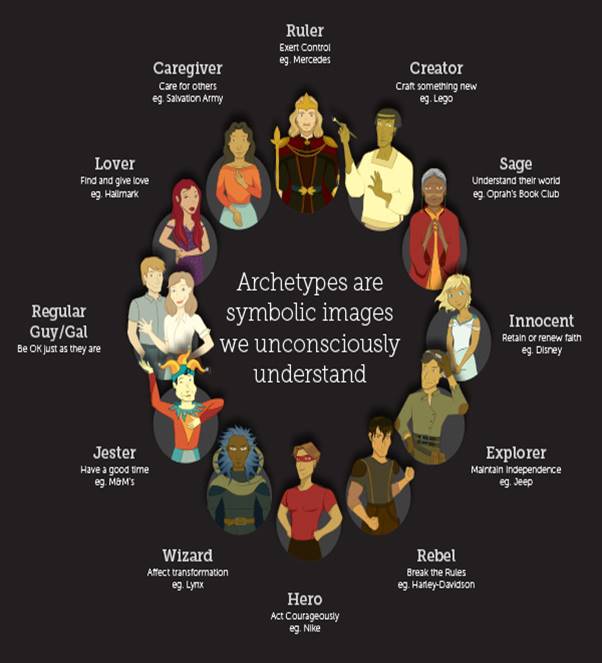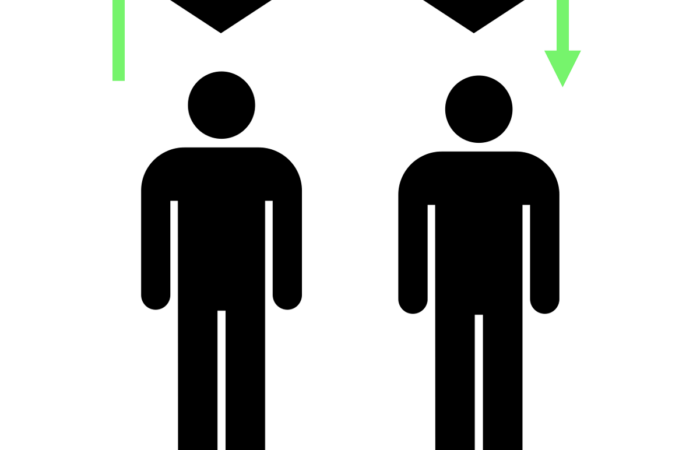What’s My Archetype?
DATELINE: LOGANHOLME, AUSTRALIA
Last week, I introduced you to the concept of Brand Archetypes, and encouraged you to do the free online Brand Archetype Indicator to learn what yours may be. There’s still time to catch up!
I promised that this tool would be practical, and so in this week’s follow-up episode I’m talking about how you can leverage your Brand Archetype knowledge in a number of ways across your business to increase sales and profitability.
This is a strategic project my clients and I have a lot of fun with, especially when that fun turns into focus and results. I’ve found this so valuable that I’ve helped the Brandonian team work with many of my businesses, and my clients.
How could this work for you? Watch this week’s episode here.
Blackboard Fridays Episode #72 – How to Leverage Your Brand Archetype
A Brief Recap
In last week’s episode of Blackboard Fridays, we talked about understanding your Brand Archetype. How to take the brand of your business and match it up with some of the neuroscience that connects much more intuitively and instinctively in your customer’s mind.
This neuromarketing is about tapping into a specific point on this matrix, between Stability and Risk (vertical axis) and Belonging and Independence (horizontal axis).
You can create a character with cut through, that makes your brand more memorable, and the meaning behind your brand much more powerful to your potential clients. I recommended that you went to Brandonian.com and undertook the indicator to see which of these twelve fits best for your business.
How to Leverage Your Brand Archetype
This week, I’m going to talk about how you can take that information and really leverage that for your business and your marketing communications once you’re clear about the character of your brand.
I’m going to use as an example, the Sage. So the Sage is the Yoda character in Star Wars. It’s that all-knowing, all-wise character that we immediately familiarize ourself with in the modern world. The great example of a Sage brand [Editor Note: at least in 2017 when this video was first shot] is Google. When you have a question, you know exactly who to go to to get an answer and that’s the wisest sage of them all, Google.com.
So if you were a Sage brand, it would be important for you to make sure that “Sage” was what all of your marketing communicated, that that’s exactly what you’re known for, that’s what you’re famous for. So making sure that you communicate your wisdom and your ability to find answers or solutions for your clients is front and centre on the website.
There’s no value in you bouncing around with some of these different messages. Yes it might be cool to every now and then be a rebel and get a photo of your CEO and his Harley. But if that’s not the archetype that you’re standing for, communicating that message just confuses things in the market, it fails to connect and resonate with your clients.
This applies to all 12 Brand Archetypes. It’s how many businesses, business owners, and even brand strategists go astray – in pursuit of variety or social media virality, they push out promotions which bounce between different archetypes. The neuromarketing opportunity – to create cut through with focus – is lost.
When Can You Play with Other Brand Archetypes?
The reason I particularly use and recommend the Brandonian Brand Archetypes structure is because it has an underpinning of the neuroscience. You may recall last week I badmouthed many other “Archetype” websites who simply listed different characters (and even different numbers of characters) because their creators didn’t understand the fundamental Jungian theory behind why this works in marketing.
What this underpinning provides is an even deeper understanding and application of Brand Archetypes in the mind of your potential clients. And while that is mostly about having one clear Archetype for your focus … there are ways to play with specific other Archetypes that serves to reinforce what makes you special.
Once you’ve built your primary archetype, you have the opportunity to leverage some of the adjacent points on the compass.
So Google for example did a very, very good job of shifting some of their focus into more of a Creator space. They actually established themselves for many years as a research company – not just for the benefit of having answers, but also the ability to go forth and create. You may recall Google’s famous “Google Days”, and the rule that every employee could spend 20% of their time (1 day per week) developing something of interest that they thought could benefit the company.
From a Brand perspective, the risk they actually had from those days (seeing as how Google has a little bit more spare cash than you or I) is that some of the things they created, some of their moonshot projects … actually started to take off! Gmail and AdSense, for example, both started as side projects by internal engineers using their 20% time.
But neither Gmail nor AdSense makes you a Sage! Eventually Google found they needed to rebrand their entire company in order to prevent the confusion that was being created. In 2015 Google established “Alphabet” as their overarching brand. Alphabet is a Creator … and it allows the Google brand to continue to be that Sage without blurring the lines.
You Can Even Cross the Matrix. Carefully!
On a campaign basis – so a short term, focused marketing campaign – you do have the ability to cross the matrix entirely. You can actually play with something directly opposite your primary Brand Archetype.
And let me be clear – this is not “go and do a campaign with any of the other Archetypes”. This is quite specifically “you can sometimes have a campaign that plays up the Archetype directly opposite yours.”

You do this because it creates dissonance in your clients. When they know you as the Sage, suddenly seeing you as the Jester pulls them out of that ‘ad blindness’. Consciously or not, this dissonance allows them to reinforce their relationship with your business all over again.
You need to be careful how much you use this campaign approach. You don’t want to change your business to the Jester accidentally. But for Google, who famously [2024 Edit again: “used to”] have every April Fool’s Day, a prank that they play somewhere in their ecosystem, having the occasional opportunity to play the Jester reminds the world how all-knowing and all-powerful they actually are as a Sage brand.
In Practical Conclusion
So write me and tell me: which of these 12 Brand Archetypes do you want to stand for?
Does that choice give you the ability to stand out as something different in the marketplace? A common mistake is to choose the most obvious Archetype – for example a charity deciding to be the Caregiver – but when everyone else around your organisation is also a Caregiver then this doesn’t help you stand out.
Once you’ve chosen which of these 12 is most powerful for you then you have a chance to leverage that neuromarketing Archetype. To go deep on that message, to communicate that this is who we are and this is what we stand for in a way that cuts through all of the advertising noise and creates a relationship with your client.
With that guidance for you and your entire team about how to communicate your brand and your message, you then have the opportunity to have a bit of fun on either side and every now and then, by going opposite. Your brand, your branding and your marketing needs to be fun.
In my experience, brand archetypes and the incredible work from the team at Branonian allows smaller medium businesses to do exactly that in a way that’s much faster and much more powerful than any other brand tool I’ve seen or used.
With Love,
Jacob Aldridge
International Business Advisor
WhatsApp +61 427 151 181
Visit my website
Connect on LinkedIn




